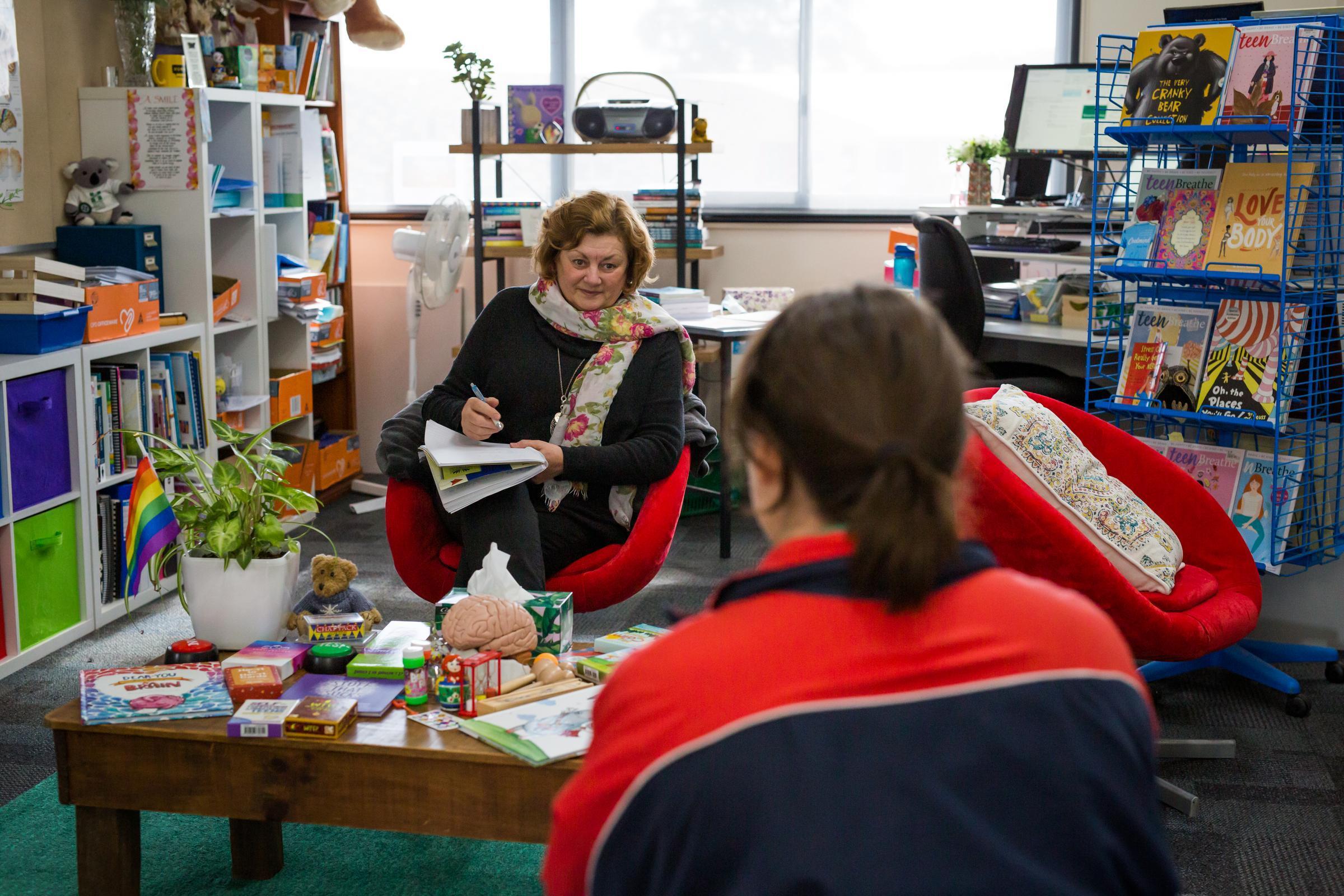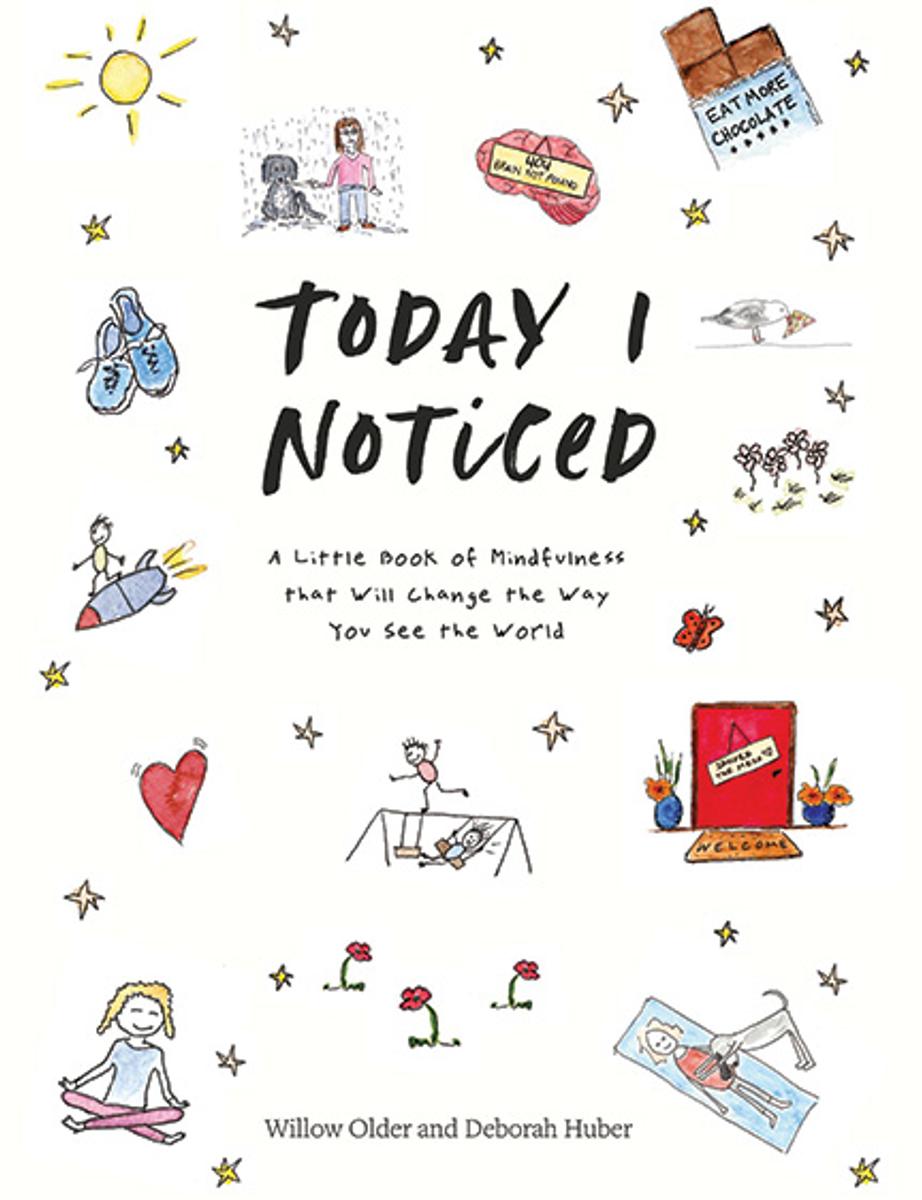From the Wellness Centre

Year Eight Mental Health First Aid
The Year Eight students are currently involved in the Mental Health First Aid training for teens. I'm very encouraged by the students’ engagement in this course, which features their curiosity, open-mindedness, empathy, and compassion for the young people who, in films, share a little of their lived experiences when they were thirteen to fourteen years old. So far, we've learned that having challenges and problems in our mental health is not about weakness, it's about being human. Our mental health can be challenged in surprising and devastating ways.
The Year Eight students are familiar with the three aspects of the definition of a mental health problem: there's been a major change in thoughts, feelings, or behaviours, that has impacted the young person’s typical routines and relationships, and which is not resolved in a few days. Furthermore, the students also know that help-seeking is a strength and we've watched a film that includes a teenager interviewing a school counsellor, a headspace psychologist, and a psychiatrist.
We conclude the course next week, and students who have attended the majority of classes, including the “I’m Fine” film, will receive a Certificate of Completion for teenMHFA early in Term Three.
Attachment Theory
Many of our families whom I’m in contact with have expressed some interest in Attachment Theory, which espouses that our blueprint for relating is established in our infancy with our care givers. Also, these dynamics can cascade through generations, thus promulgating streams of values, attitudes, and beliefs that, may cause the latest iteration of the family – the young person – some challenges, as they navigate the broader contextual culture within which they live.
Humans form many bonds throughout their lives, beginning with the bonds formed with their caregivers in infancy. These early bonds help to shape an individual’s later sense of social attachment into adulthood. They also affect individuals neurologically and influence how people react to and cope with stressful social and emotional situations.
What is Attachment Theory?
Attachment theory is a psychosocial explanation for human bonding; it is used to inform psychotherapeutic approaches. Attachment in this model includes any type of social bond but primarily focuses on emotional engagement.
According to attachment theory, everyone is born with a biological system for attachment, which seeks to maintain proximity to others in times of vulnerability, especially as an infant. This early attachment system affects cognitive formation, informs the foundation of a person’s attachment style, and shapes later models of attachment as people age.
Attachment styles inform many social relationships, including romantic attachments, family relations, friendships, long-term partnerships, and even interactions with strangers. Theorists in this field suggest that attachment styles may be divided into three major categories: anxiety, avoidance, and security.
See these links for more information about this vital learning.
Attachment Theory: Overview and Implications - The Human Condition
Attachment Theory: Bowlby and Ainsworth's Theory Explained (verywellmind.com)
Surviving the Everyday with Lightness, Curiosity and Wry Humour
I cannot recommend highly enough this little gem of a book. Deb Dana, that Polyvagal Theorist, whom I’ve referenced in the past, reminds us that hunting for small “awesome” glimmers can gradually and gently help us train our brains to alight on moments of wonder, and chip away at stress. This book does that in spades. I love it and I dare you to inculcate this joyful practice into your daily/weekly rhythms. Your mind will be soothed and nourished.
Today I noticed that the kookaburras in our garden are sporting gnarly, spiky hairstyles. Very cool.
Have a fantastic final week of this Gruffalo term.
Ms Sheryl Moncur | School Counsellor/Teacher

